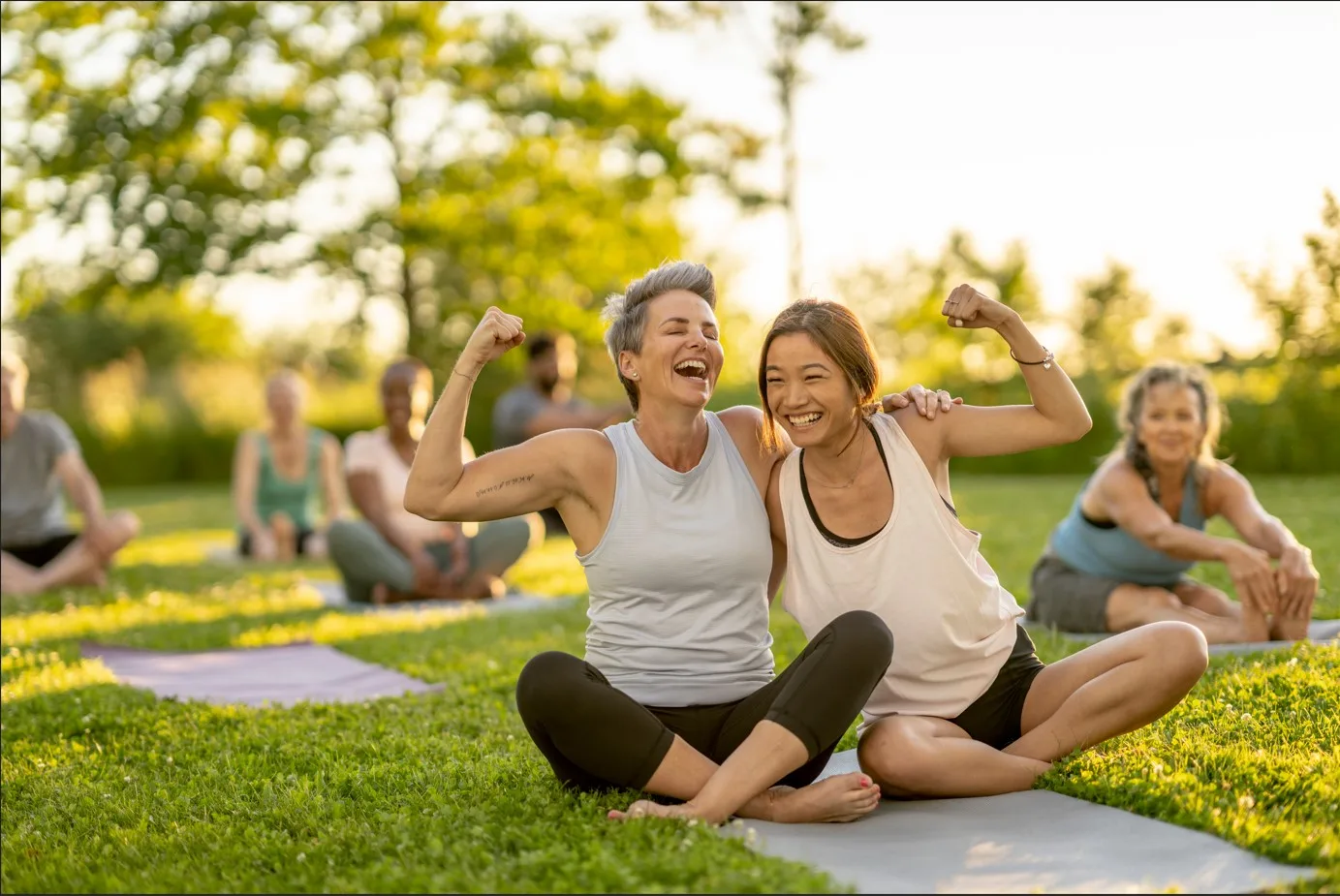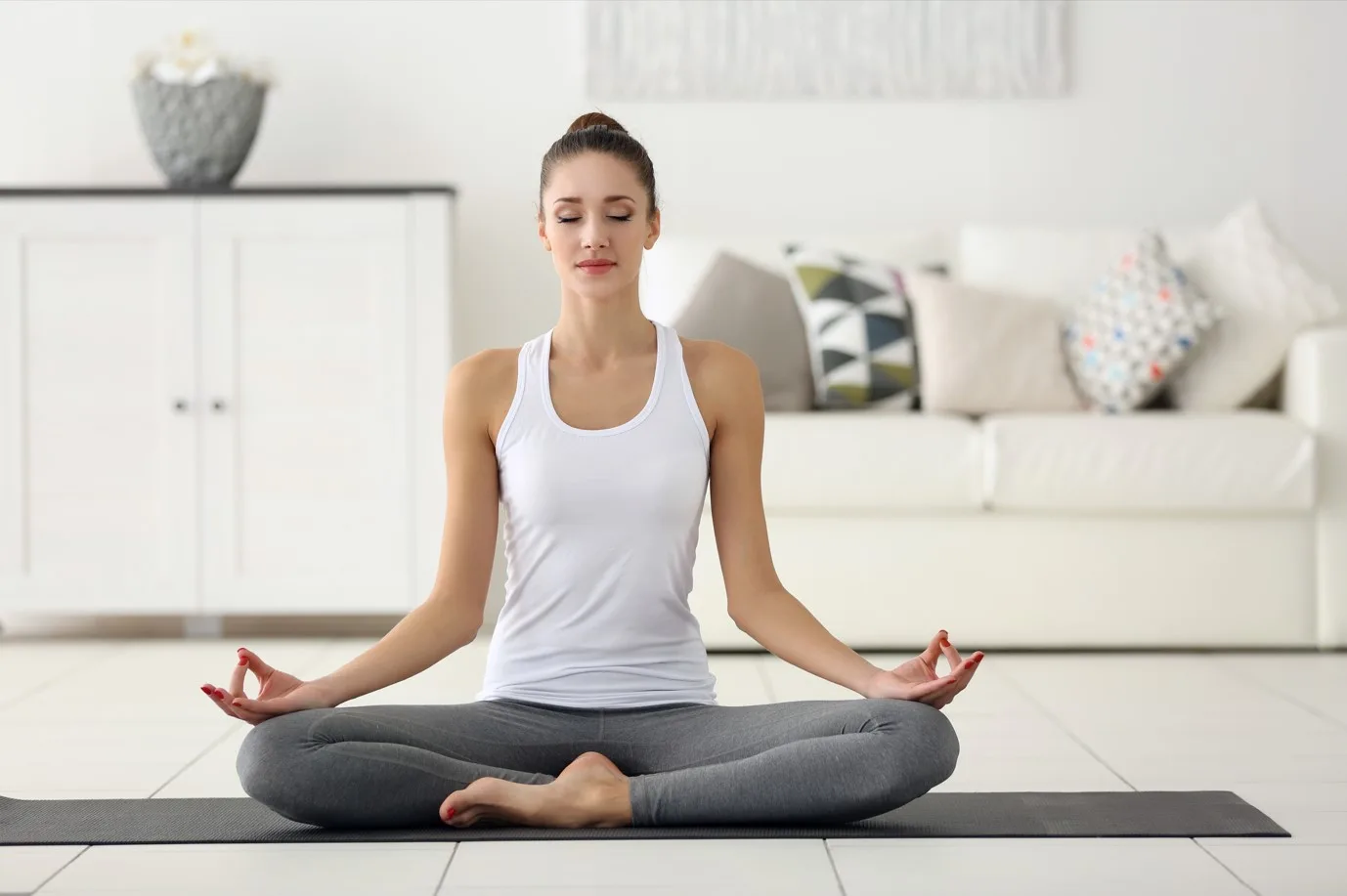Considering it’s something we do thousands of times a day without even thinking, it’s amazing that the act of breathing is so powerful.
In fact, wellbeing experts say that the way you breathe can have a big impact on your physical and mental health – but most of us don’t even realise it.
Diaphragmatic breathing
Psychologist and mindfulness meditation teacher Carly Dober says most people only breathe into the top part of their lungs (known as shallow breathing), but by deep breathing instead (also known as diaphragmatic breathing) you can help lower your stress levels.
And since long-term stress can cause a host of serious issues including high blood pressure, sleep problems and anxiety, learning how to keep stress in check is a significant skill you can learn for the sake of your health.
“When you’re stressed or angry or frazzled, your breathing becomes very shallow, and that’s because your body is priming you to act and to move,” Carly explains. “But shallow breathing doesn’t give your body, your brain and your other organs that full use of oxygen.”

Escaping fight or flight
Have you heard of the fight-or-flight response? Historically, this was the way the body responded to threats such as being attacked by predators, but in the modern world many of us are going into fight-or-flight mode on a regular basis due to constant stressful situations such as money problems and demanding workloads.
For example, research from 2021 found about one-third of Aussies feel like they’re under chronic time stress, feeling like there isn’t enough time to do all their tasks, and it was having an impact on their mental health.
“Stress is really important for growth and development,” says Carly. “It’s how we stretch ourselves – if you don’t have stress in your life, you’re not going to really grow or change. However, with the chemicals that the brain and body release with stress, too much of that for too long can be incredibly damaging to every cell in your body.”
The real power of deep breathing is that it switches your body into a more relaxed state.
“Whenever I’m teaching this skill to clients, I get them to rate their mood and stress levels before, during and after, and it has an immediate effect. If you do 10 deep breaths over two minutes, that is not a significant amount of time, but if you can subjectively feel a bit calmer, a bit slower and less frazzled, that’s huge – that’s a big return on investment,” Carly says.
So, how do you breathe better?
The good news is learning to breathe better is easy, and it doesn’t take much time.
If you do it often enough, it’ll become a regular habit.
Carly teaches deep breathing in the form of ‘box breathing’.
“Breathe in through the nose for four seconds, hold that breath in for four seconds, release it very slowly, like you’re breathing out through a straw for four seconds, and then hold again for four seconds.
“Practice that a couple of times a day for 10 breaths,” Carly explains. “Do it for four to six weeks and just notice the difference.”
If you’re time-poor, you can integrate deep breathing into your other activities.
“You can do this while you are driving, while you are walking, while you’re reading or cooking,” she says. “If you’re able to do it in a quiet space where you’ve got full concentration, that’s best, but really, you can do this anywhere.”
Deep breathing warning
Focusing on breathing can cause feelings of panic and hyperventilation in some people. If that happens to you, stop the exercise and try other ways to relax instead.
Other relaxation activities include tai chi or yoga (look on YouTube for guided videos), or try progressive muscle relaxation, where you tense each muscle group slightly for five seconds, then relax it for 10 seconds.


